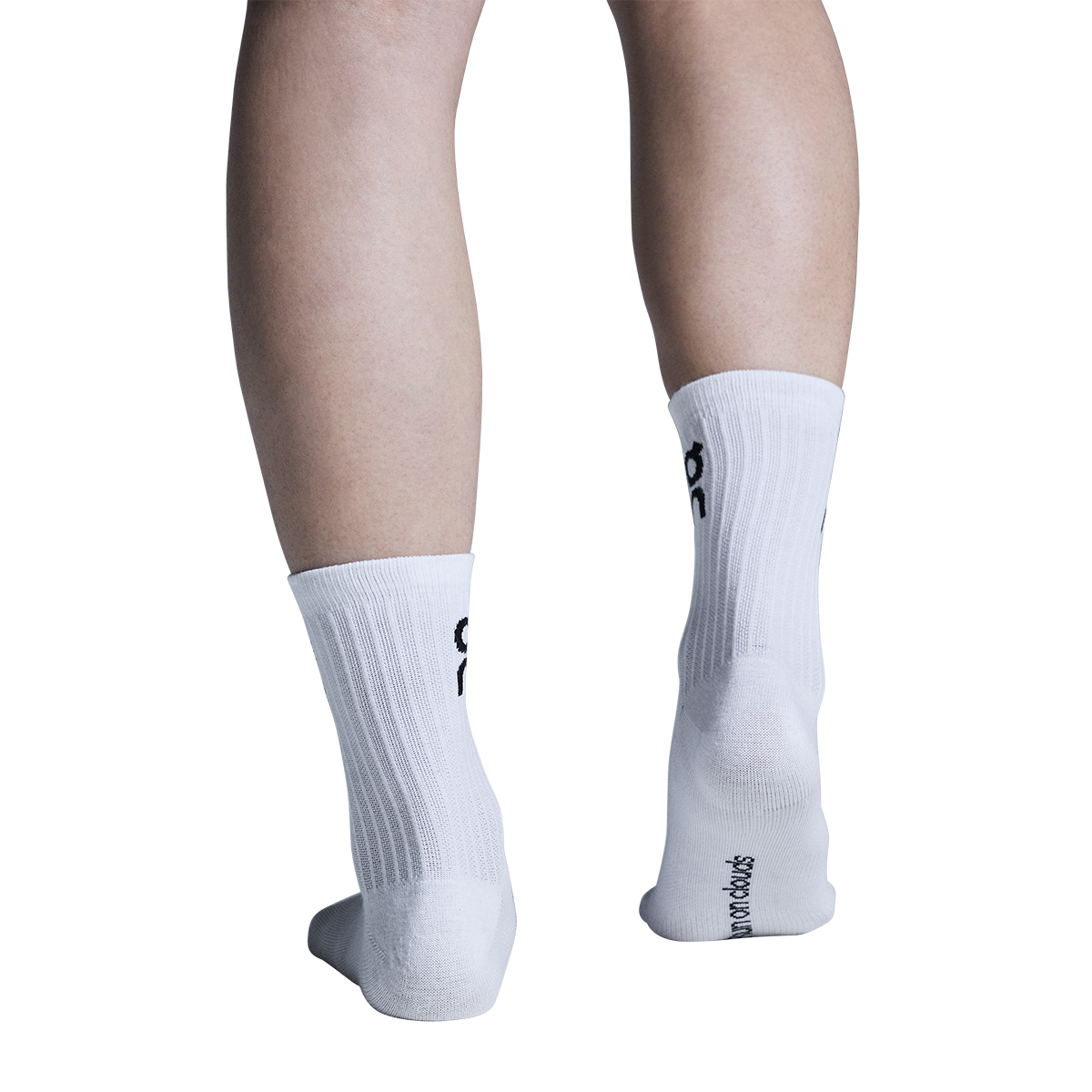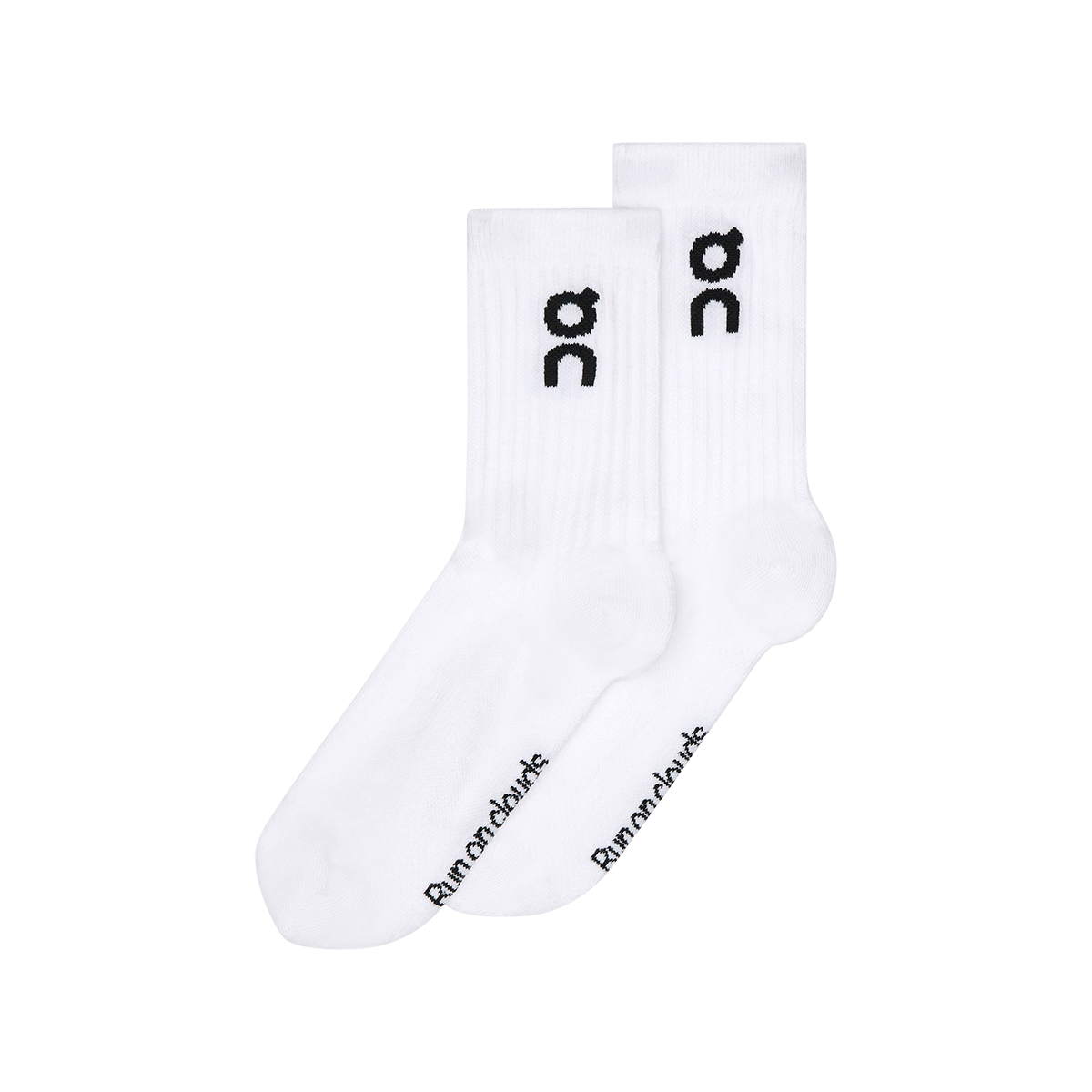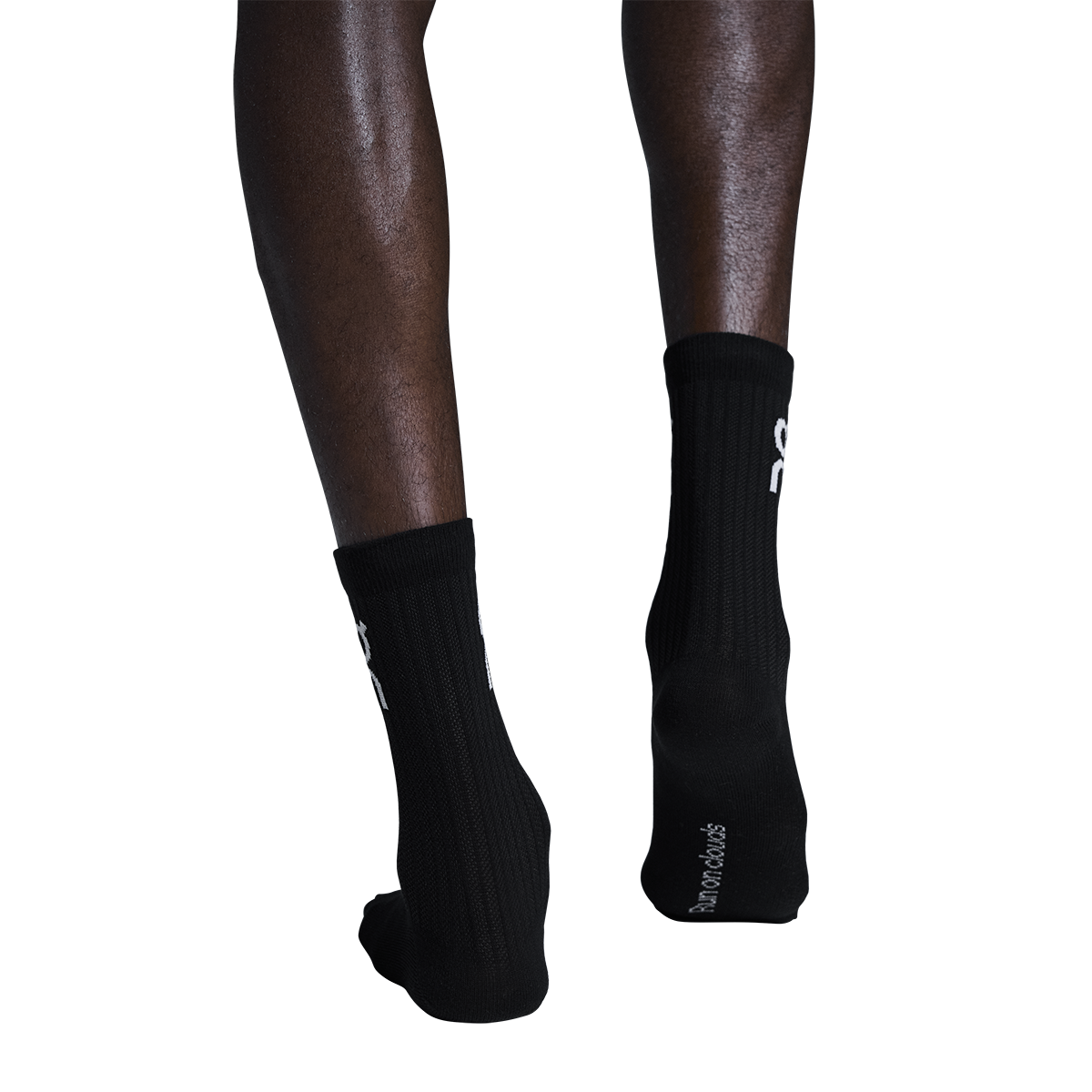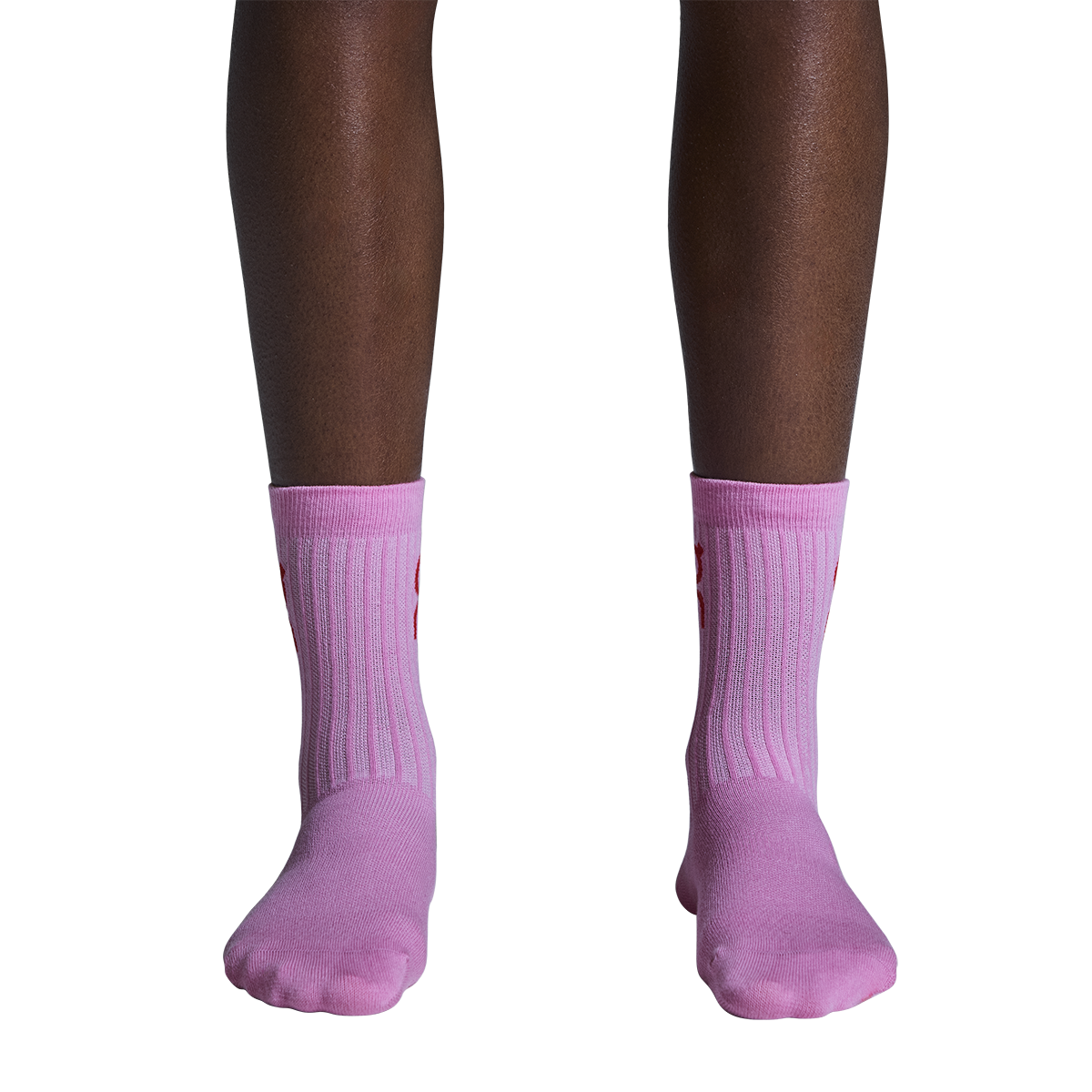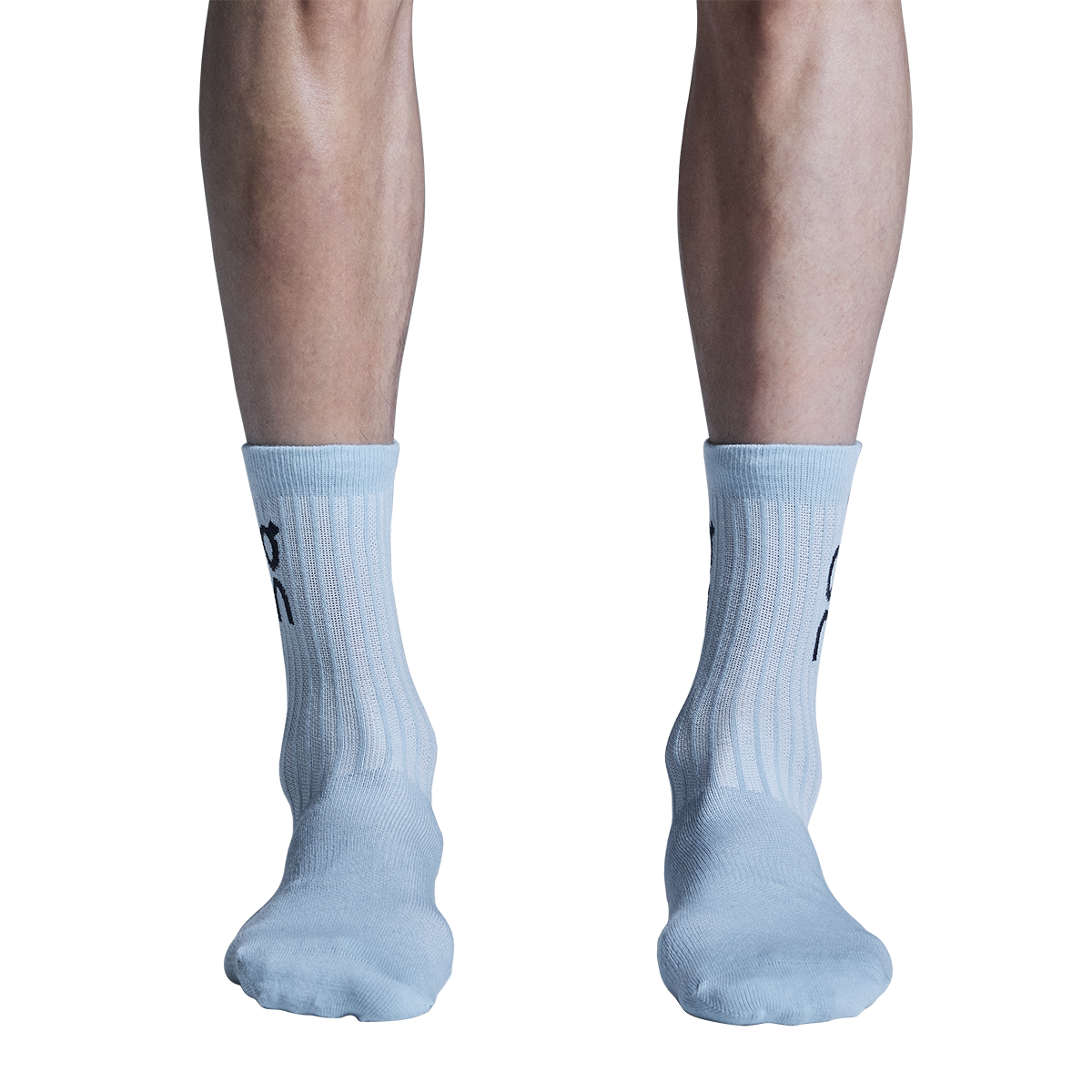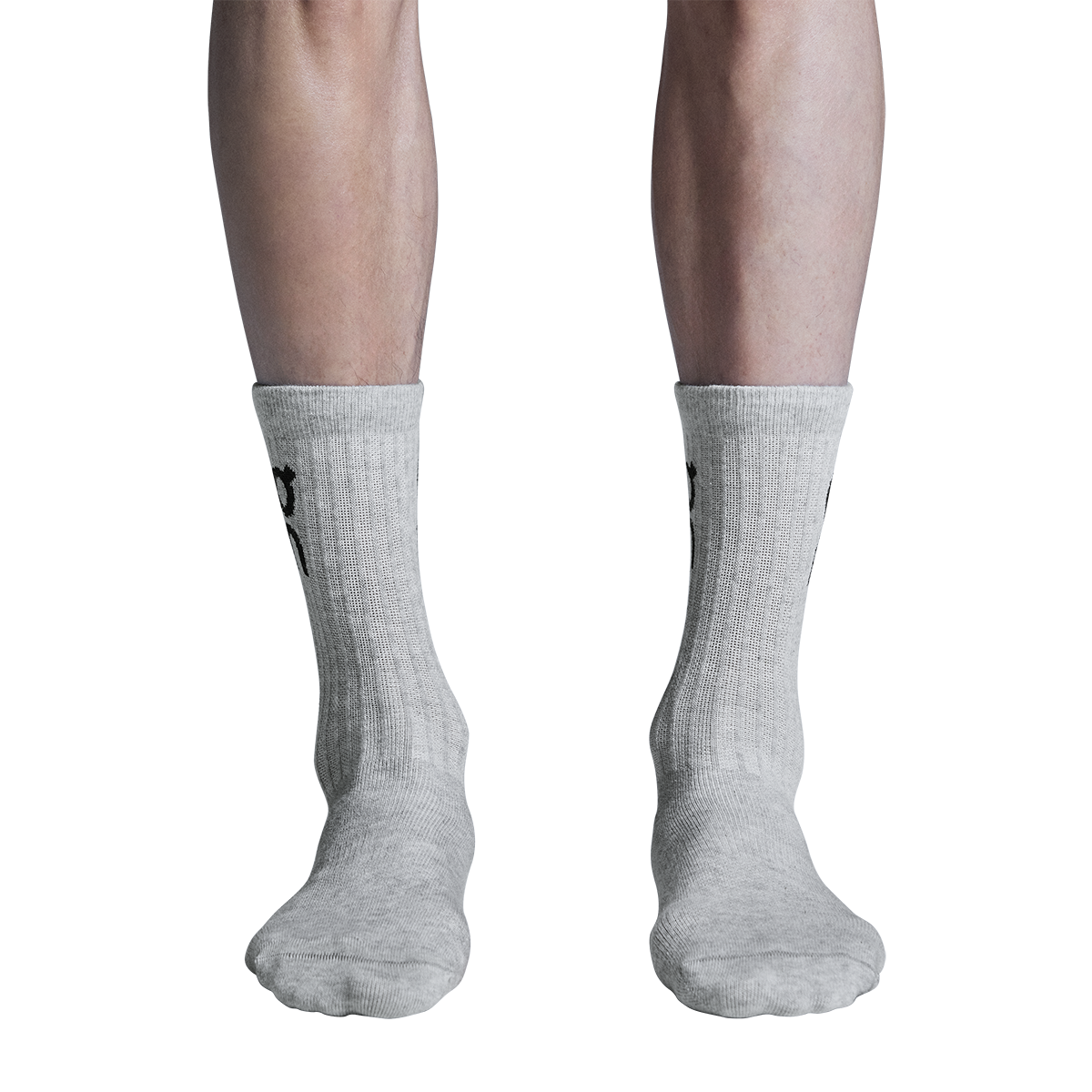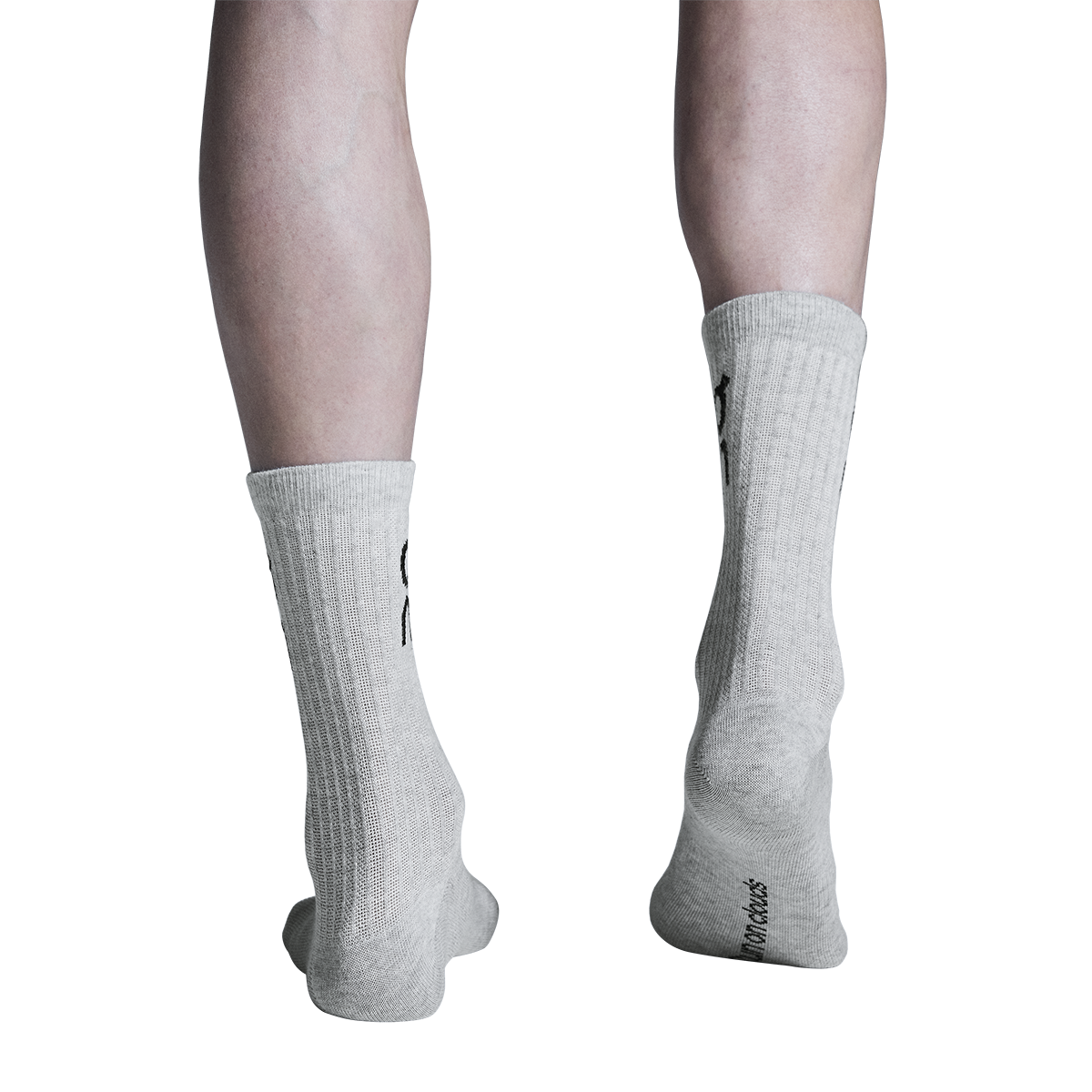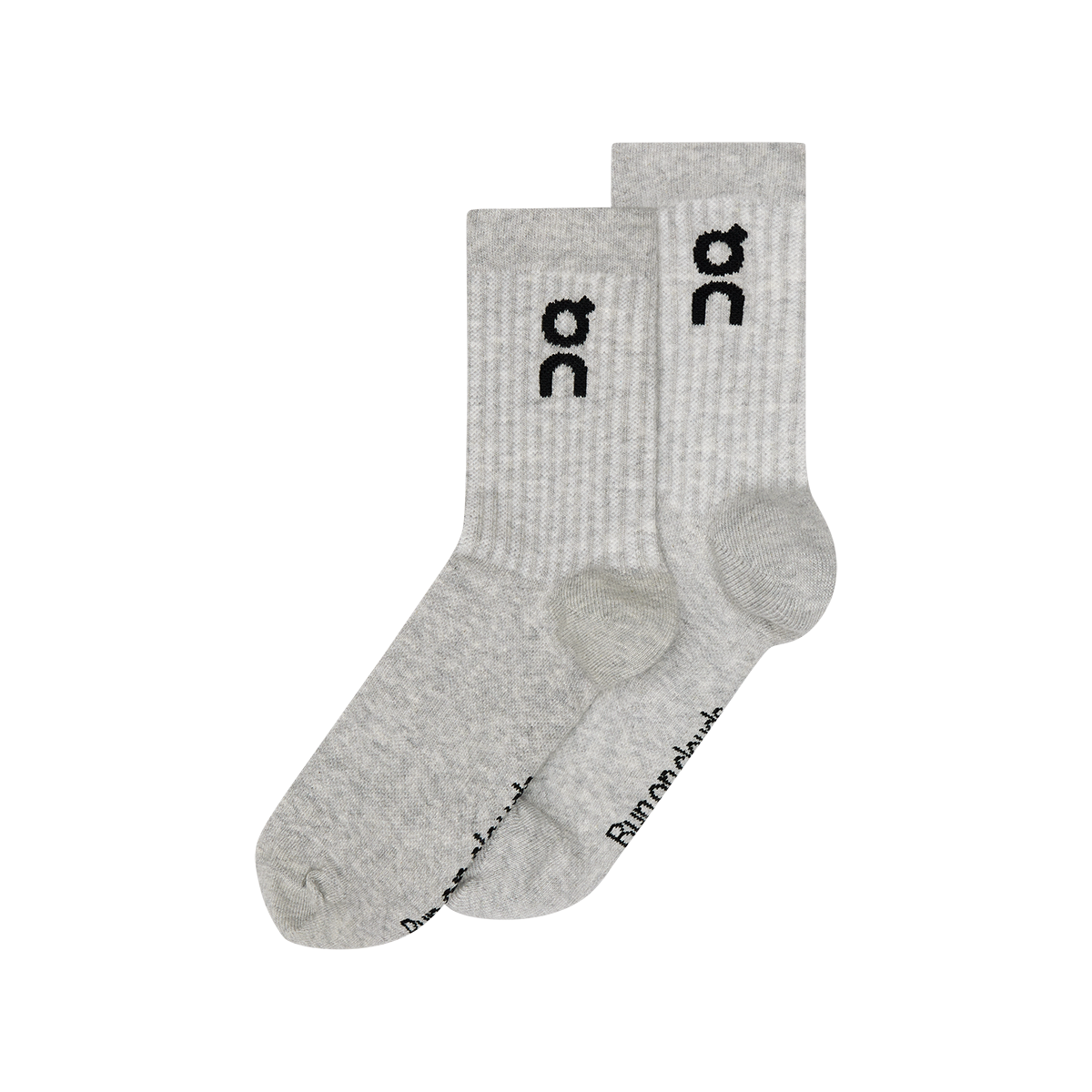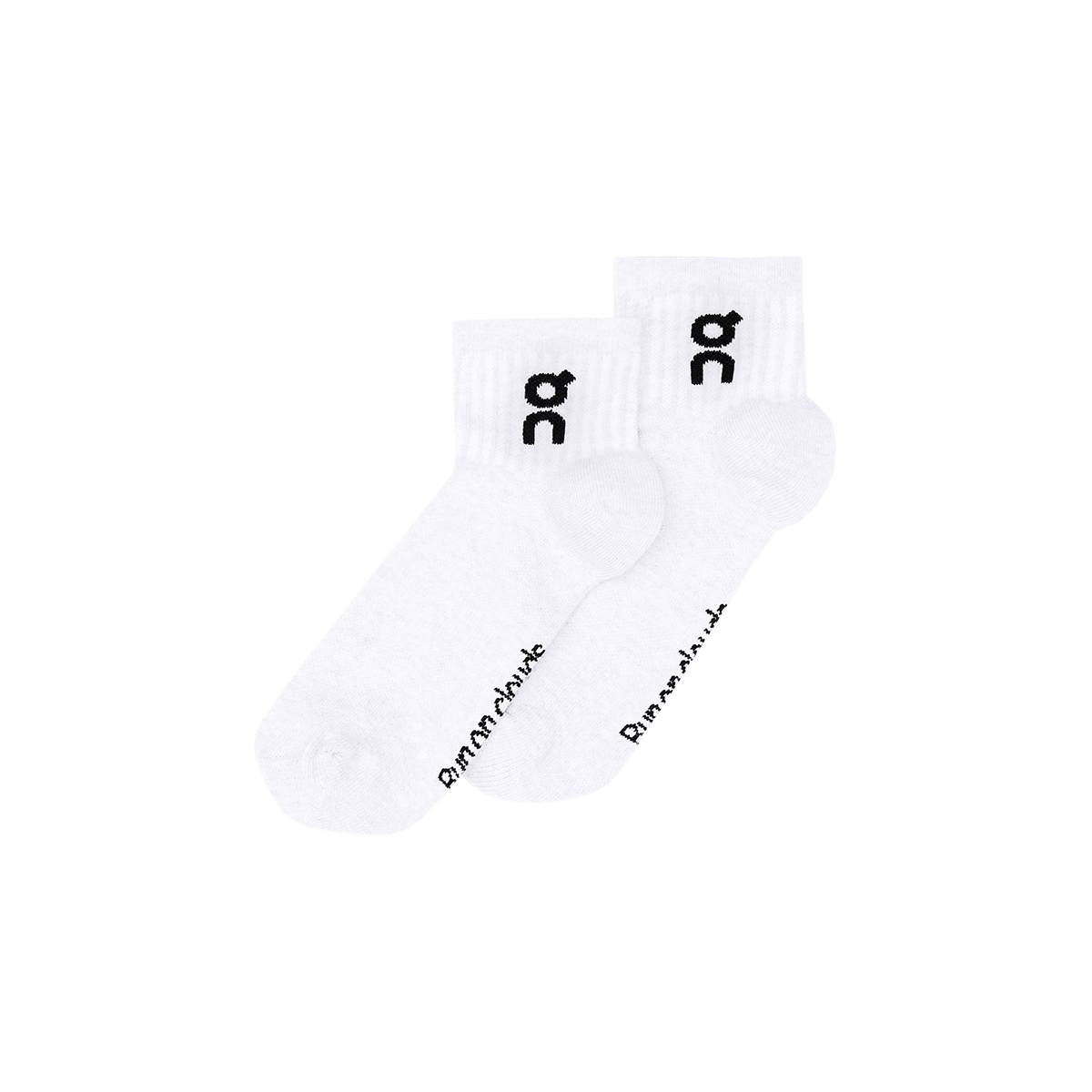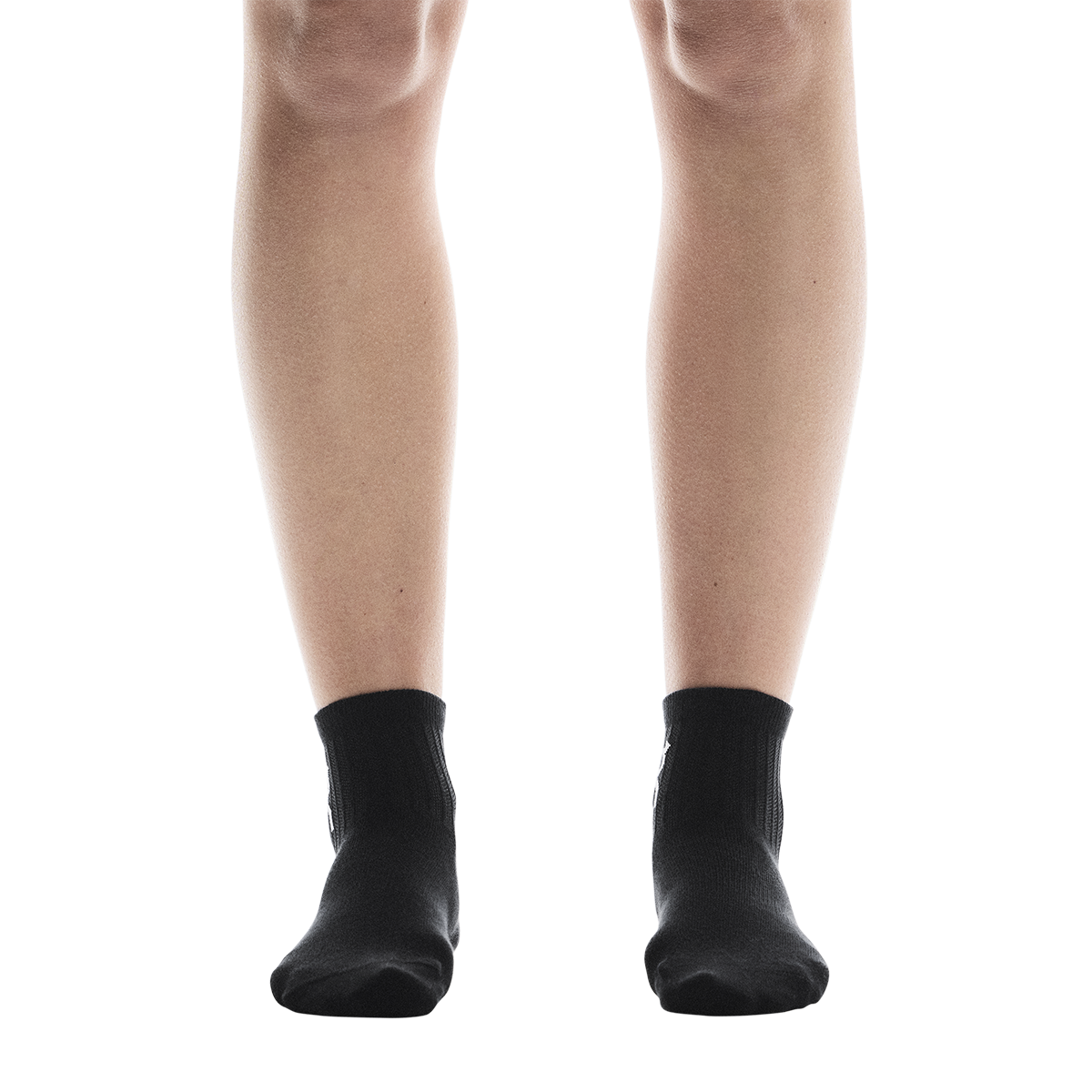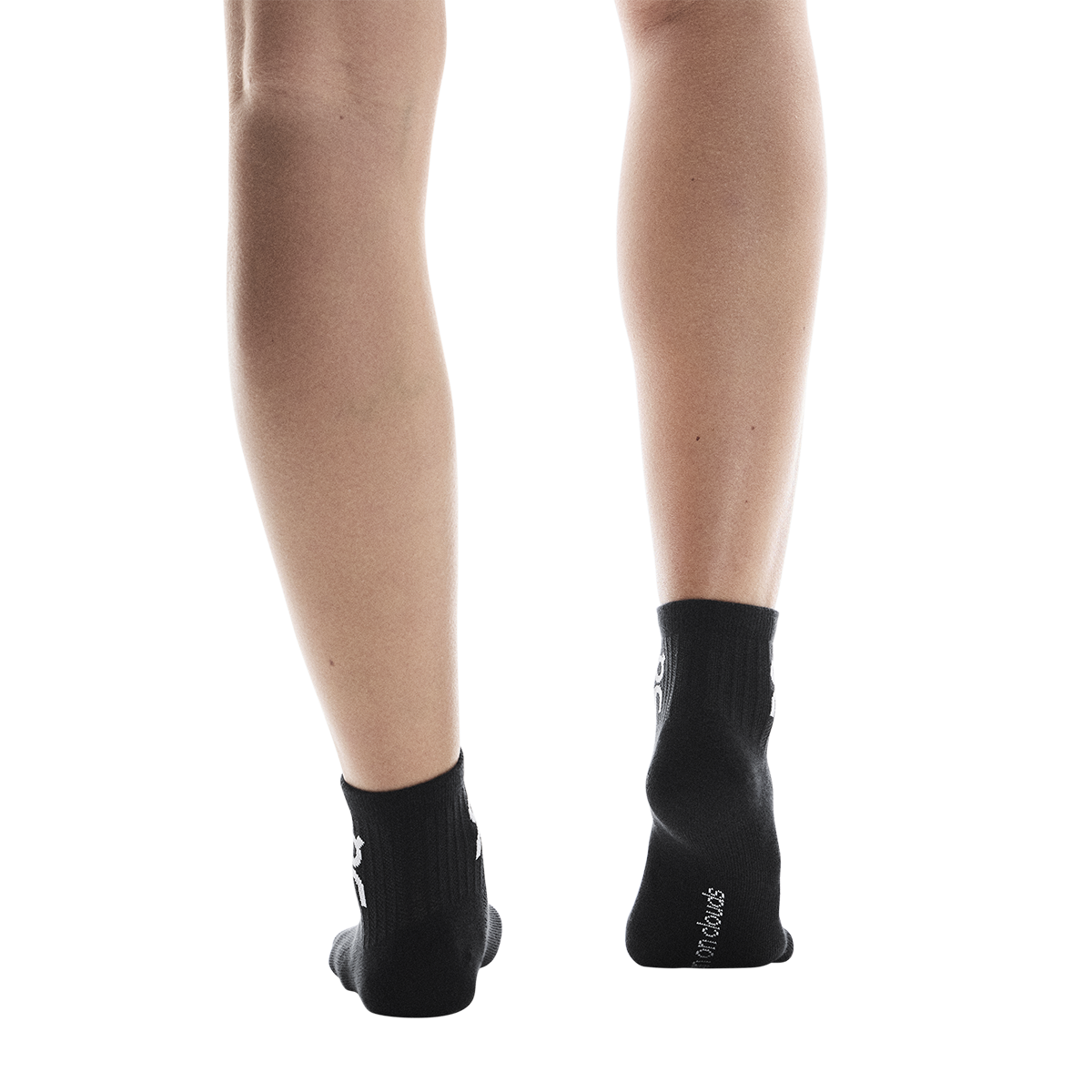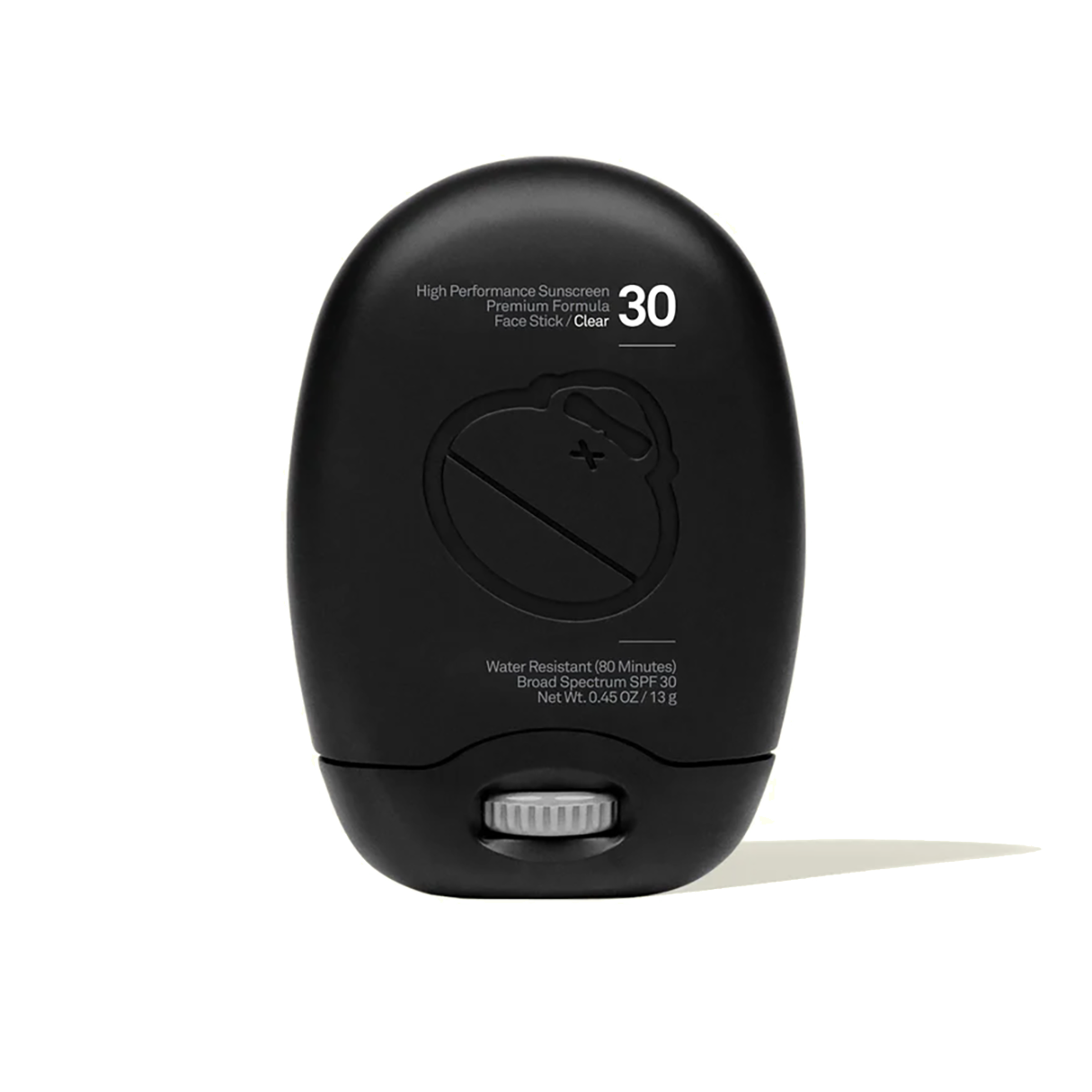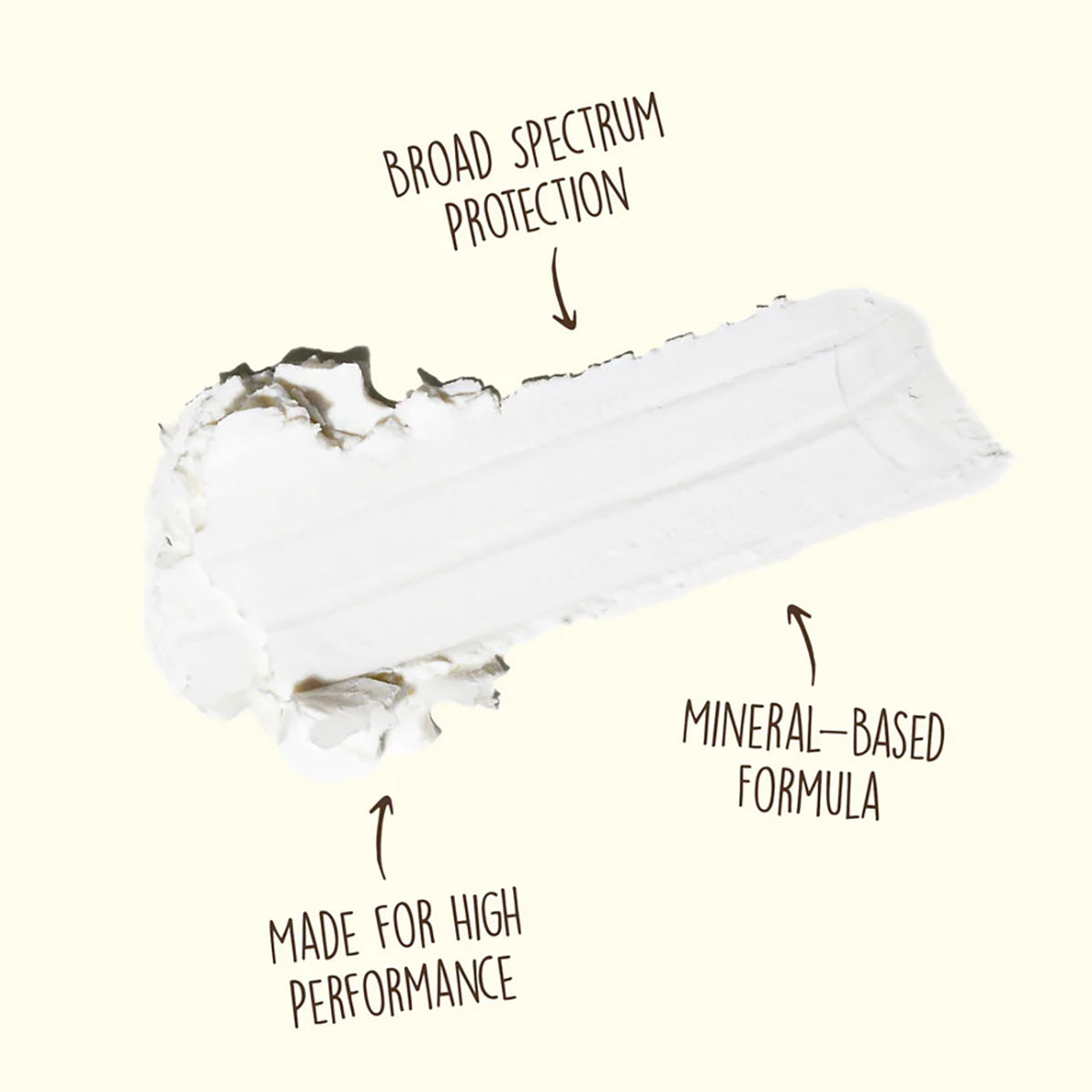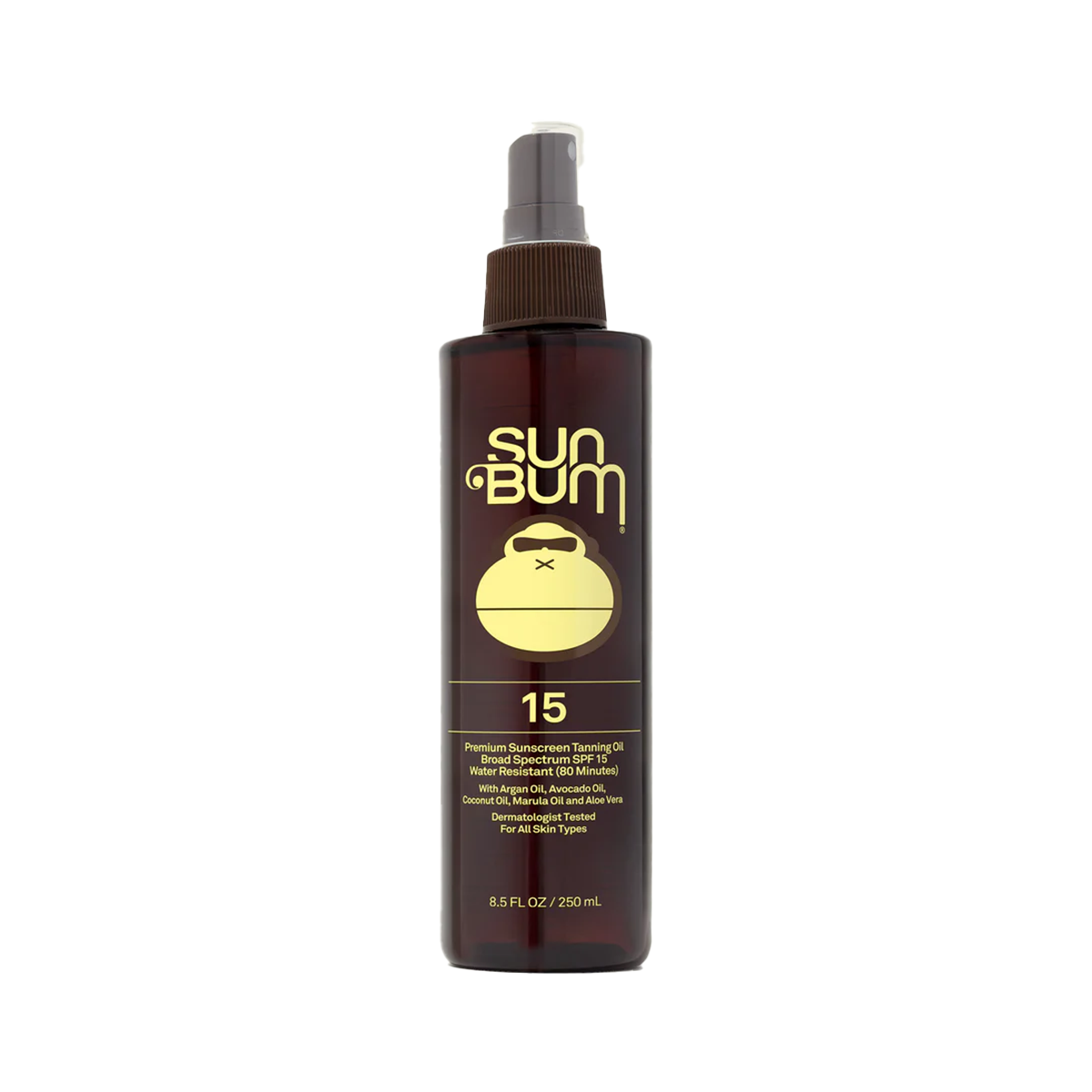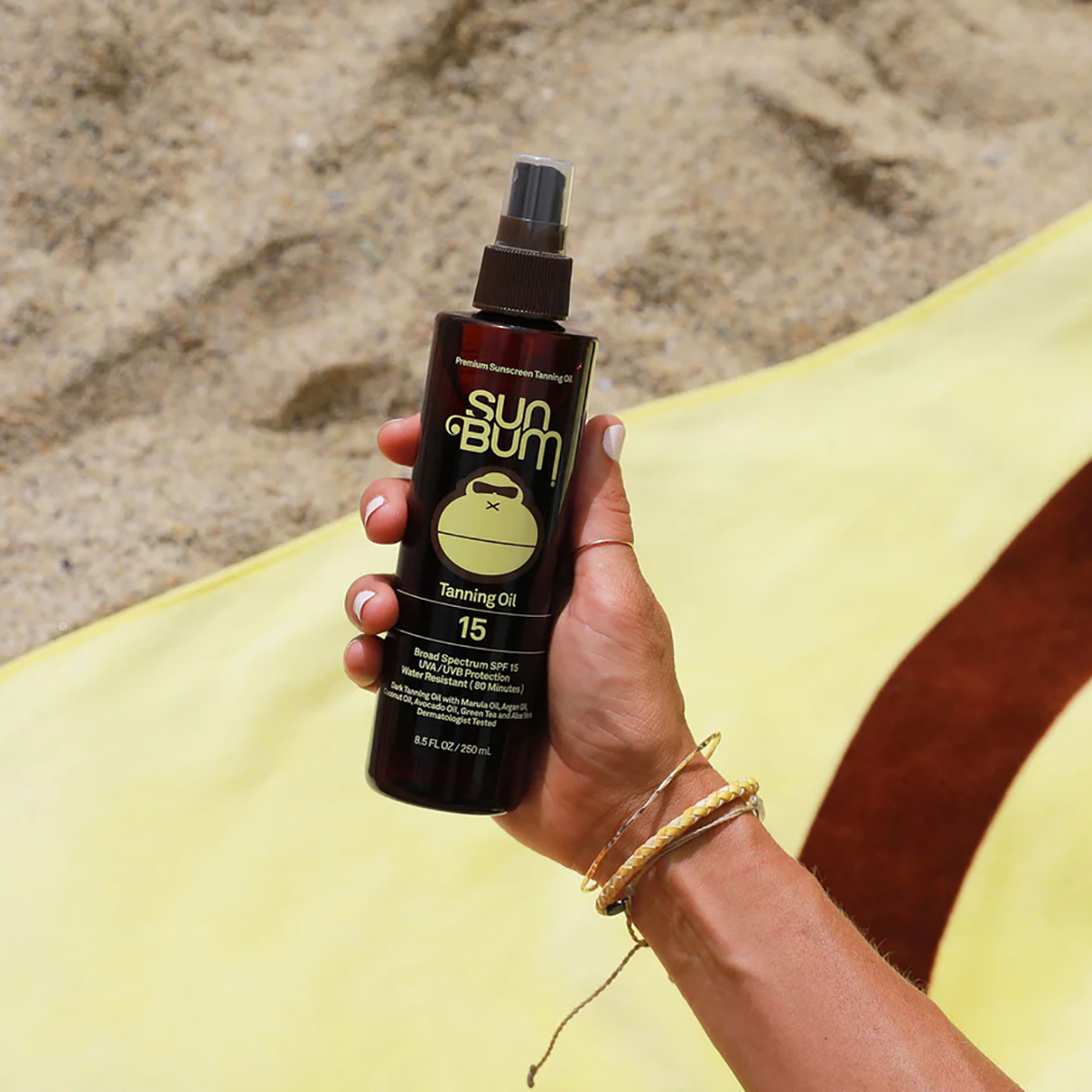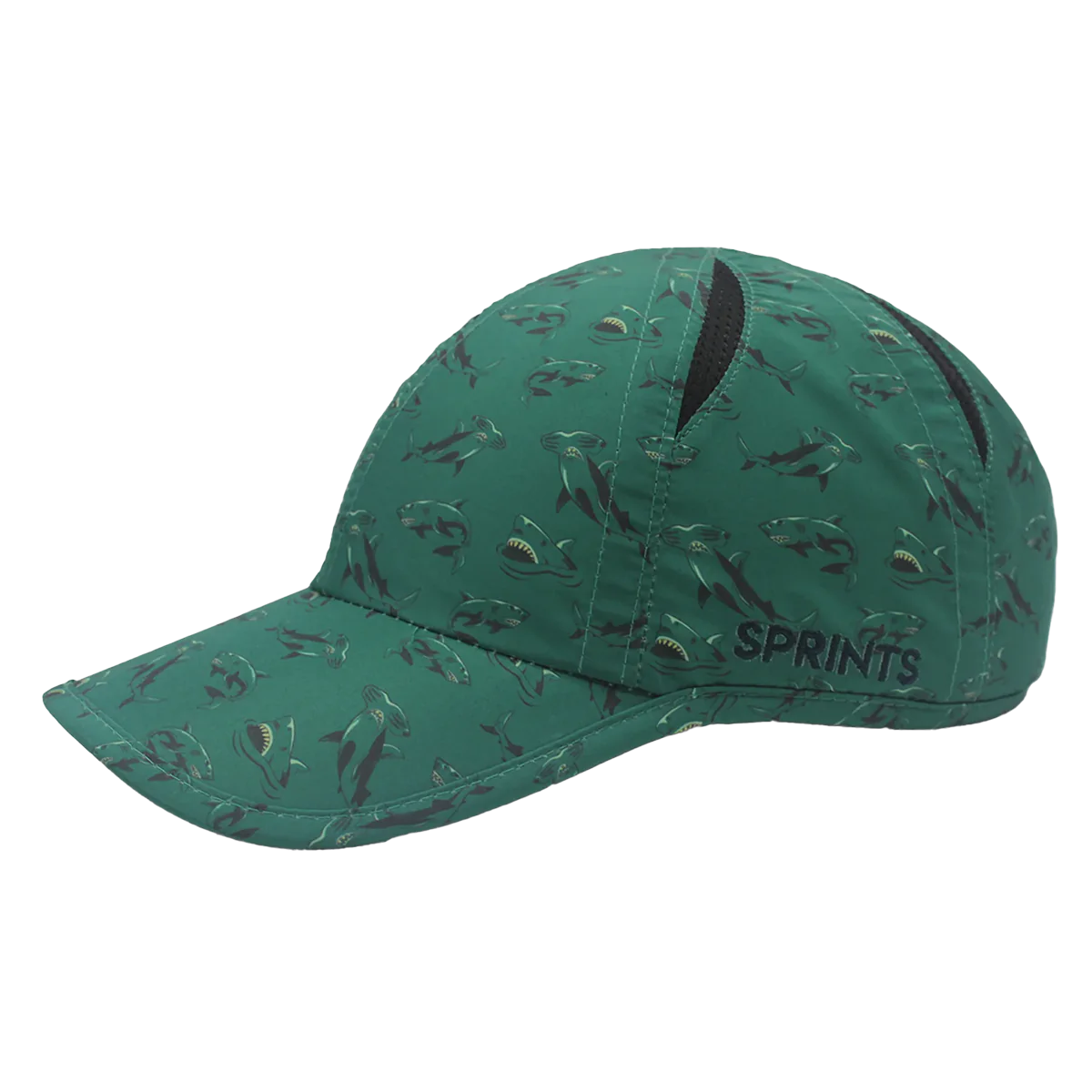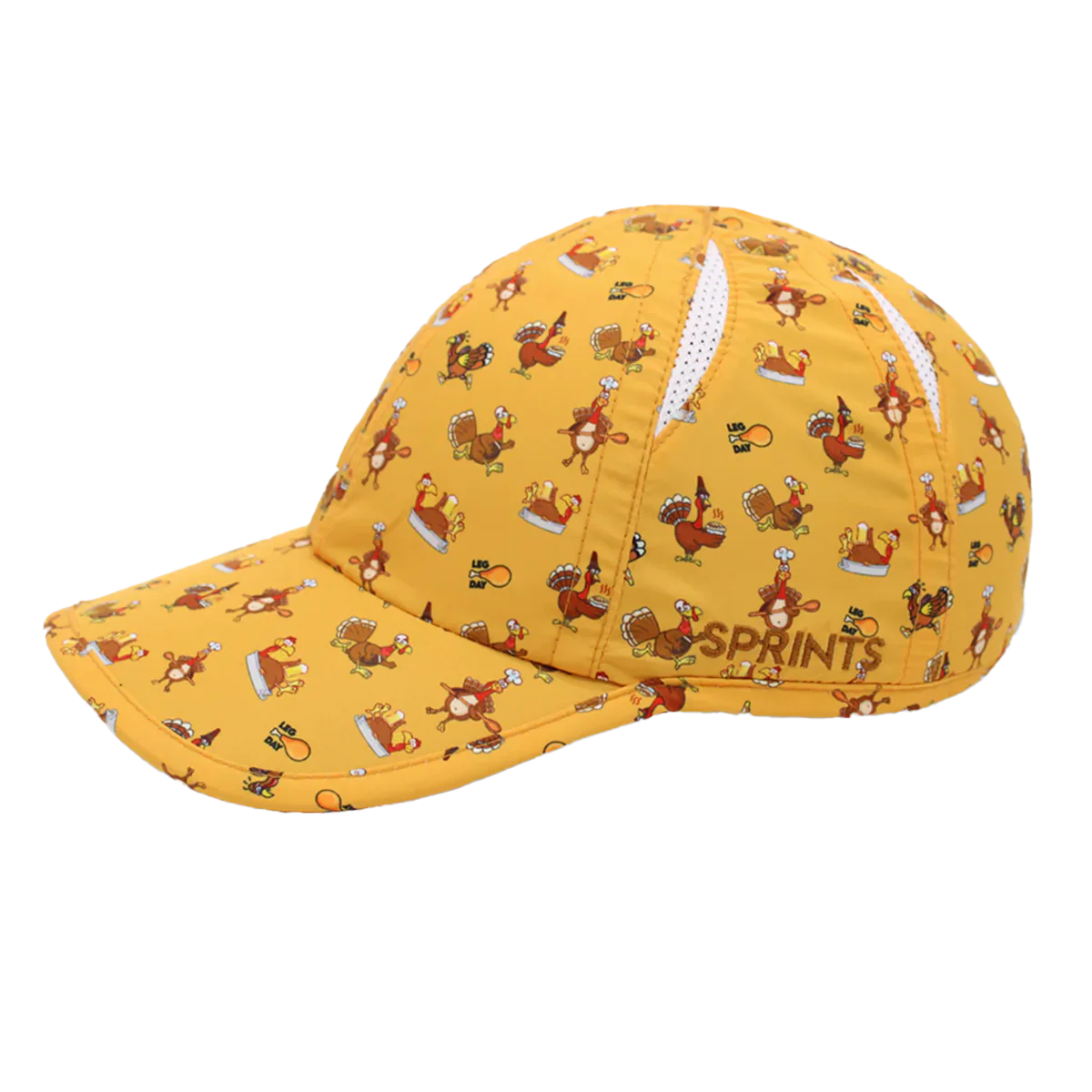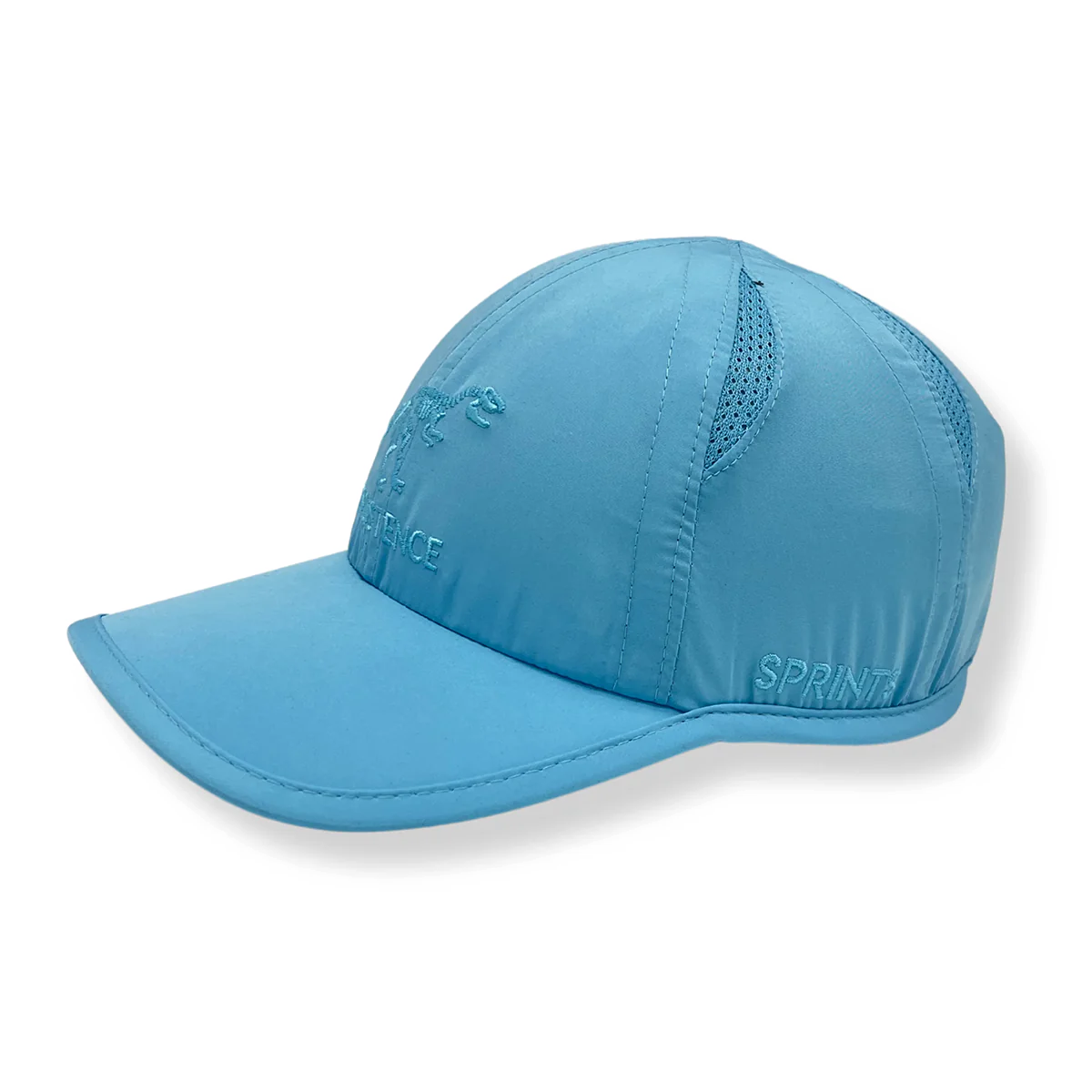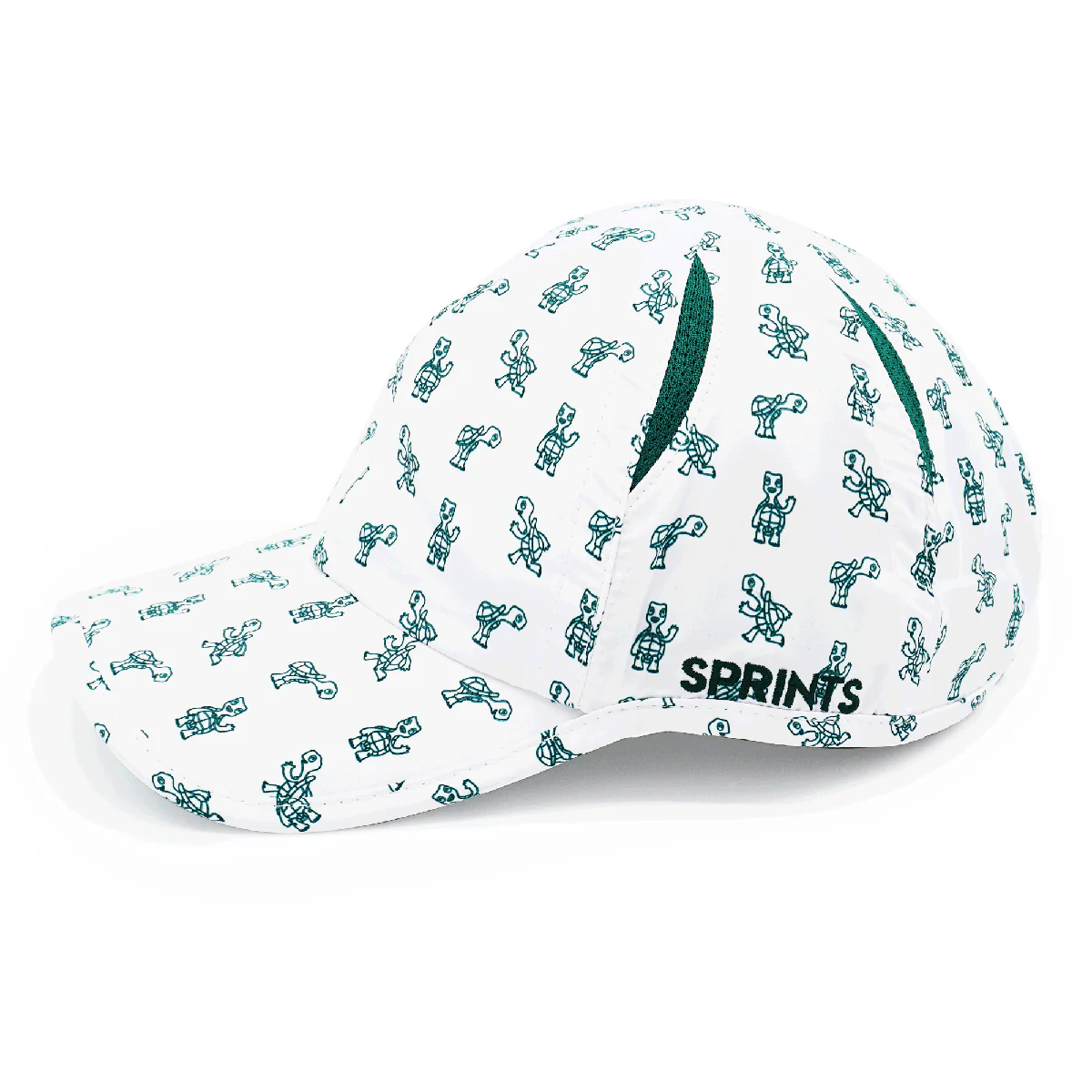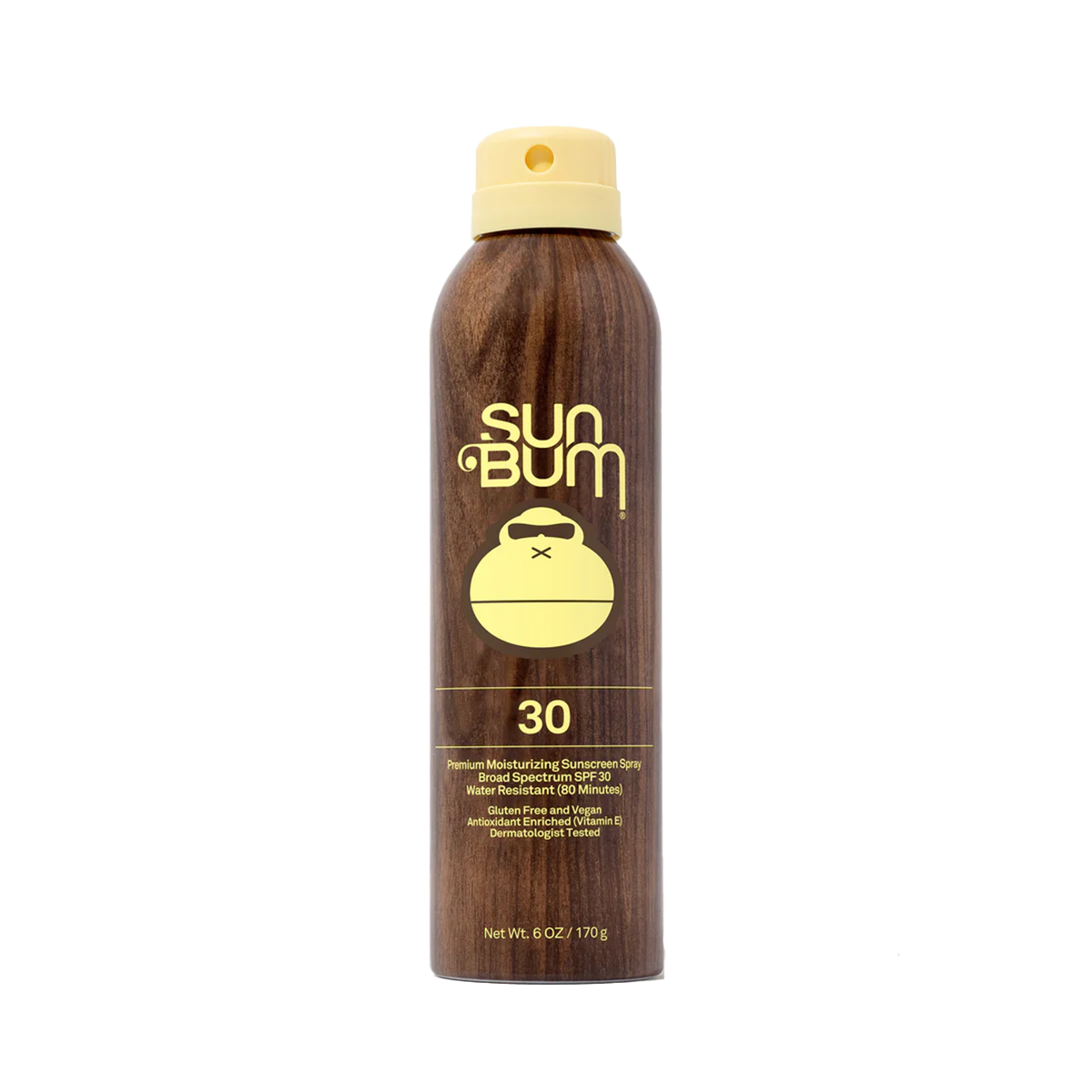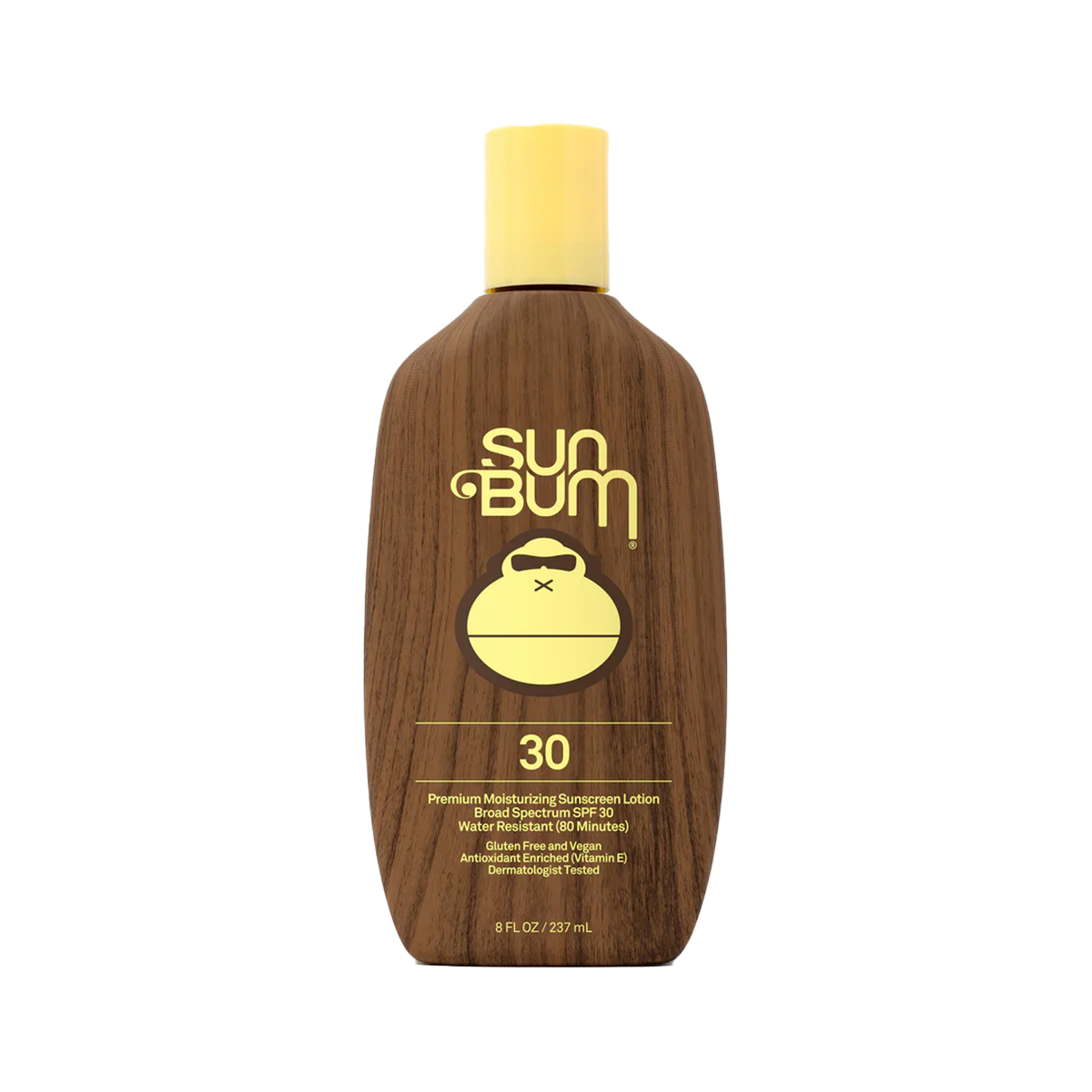As we are approaching the spring season, many are dusting off their running shoes to hit the pavement. However, for some, the changing in seasons can bring in allergies. Budding trees and blooming flowers can cause allergic reactions, making it a bit challenging to exercise outdoors for many runners. Don’t fear – with the right approach, you can reduce the impact of allergies and enjoy spring running to the fullest! Check out some tips on how to stay ahead of the pollen and keep moving safely outdoors.

TIPS TO STAY AHEAD OF SPRING ALLERGIES
1. CHECK THE POLLEN COUNT
Prior to heading out for your run, be sure to check the pollen count in your location. You can find the pollen count on most weather websites and apps that will help you plan your runs around the times where pollen levels are lower. Aim for early in the morning or late evening runs when pollen counts tend to be lower. On days when pollen levels are particularly high, consider running indoors.
2. CHOOSE YOUR ROUTE WISELY
It is important to opt for run routes that are less likely to expose you to allergens. Avoid running near fields of flowers or any areas that are heavily wooded. These areas tend to have high concentrations of pollen. Instead, stick to urban areas or highly maintained parks where allergen levels may be lower. Running on paved paths can also help reduce exposure to pollen compared to running on trails.
3. CONSIDER ALLERGY MEDICATION
If you know that you suffer from seasonal allergies, consider taking allergy medication before your run to help prevent the symptoms. Antihistamines can help reduce sneezing, coughing, itching, and congestion. This will allow you to breathe more easily while you run. Don’t forget to communicate with your doctor prior to starting any new medication, especially if you have any underlying medical conditions.
4. PRACTICE GOOD HYGIENE
After your run, be sure to wash your face and hands thoroughly to remove any pollen that may have come in contact with your skin during your run. Using a saline nasal rinse can clear your nasal passages and reduce inflammation caused by allergens. Another way to practice good hygiene is by keeping your living space clean. Regularly vacuum and dust your living space to help minimize exposure to indoor allergens such as dust and pet dander.
5. LISTEN TO YOUR BODY
Most importantly, make sure to pay attention to how your body responds to running in different environments and at different times of the day. If you notice that your allergies are bothersome during running outdoors, consider incorporating indoor workouts into your routine. Some examples include treadmill running or indoor cycling. It is okay to adjust your workout plan based on how you are feeling and the severity of your allergy symptoms.

BEGIN YOUR SPRING RUNNING ALLERGY FREE
By following the tips above, you can reduce the impact of allergies and enjoy your spring runs without worrying about allergy symptoms getting in the way. By planning and preparing, you can make the most of this season and keep working toward your fitness and running goals. Lace up those shoes, step outside, and embrace the spring beauty while staying allergy-free and active!
Share your spring running journey with us via social media at Fit2Run, The Runner’s Superstore! We are here to support you.






































































